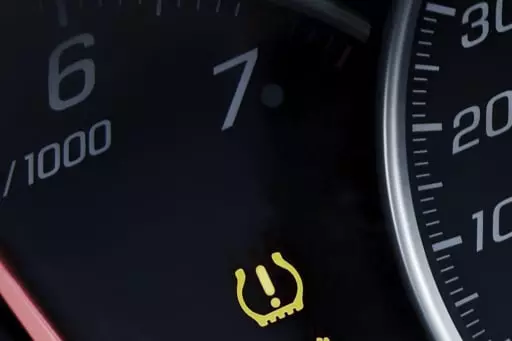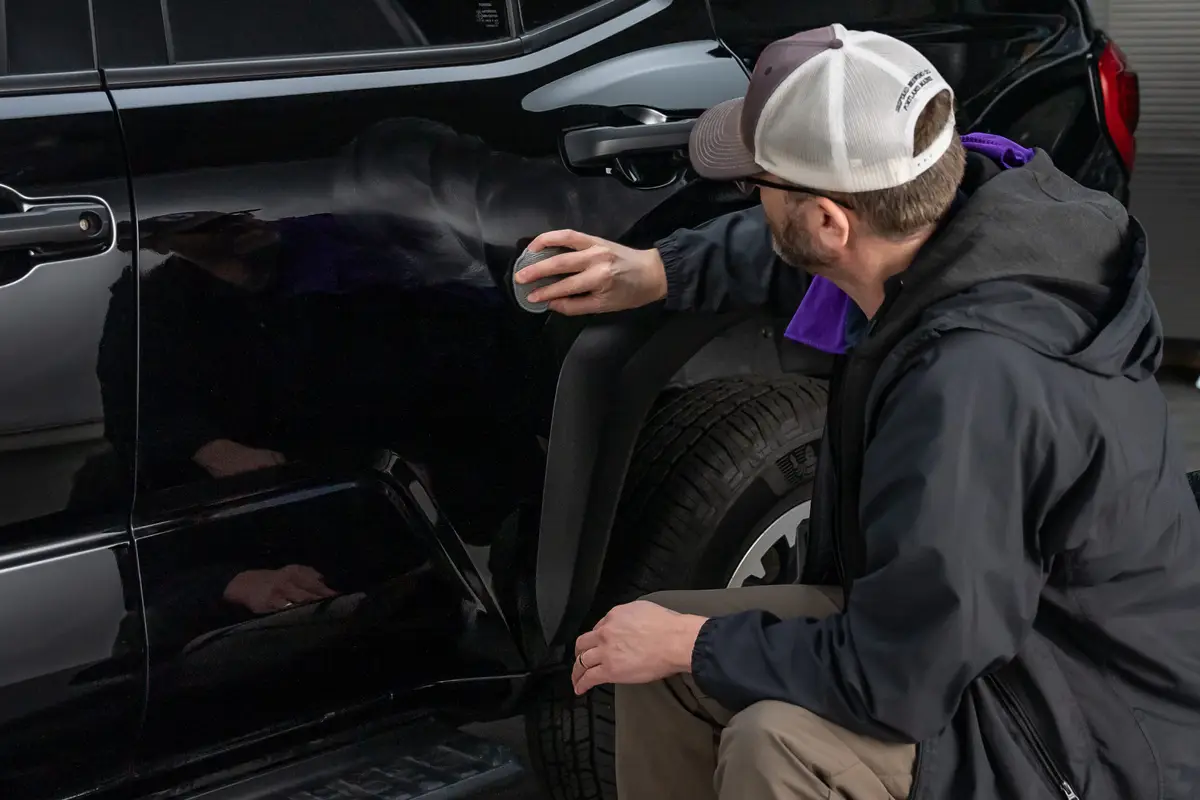What Service Do Tire Pressure Monitoring Systems Need?


CARS.COM — Tire pressure monitoring systems, or TPMS, have been required on all vehicles since the 2008 model year and can be found on many earlier cars, as well. They detect when the air pressure in any tire falls 25 percent or more below the recommended level and alert the driver through a dashboard warning light. Like most other systems, the tire pressure monitoring system needs some maintenance to keep it in good working order. Let’s take a closer look at what service the tire pressure system needs.
Related: How Do I Find the Correct Tire Pressure for My Car?
Tire pressure monitoring systems include sensors that are mounted on the wheels or on valve stems, and the tire pressure sensors can wear out or be damaged by potholes, debris or the weather and need replacing. In addition, the electronics for TPMS can fail. A TPMS warning light is supposed to flash when the sensors or other parts of the system malfunction; if the light is signaling a tire is low on pressure, it should just stay illuminated. If you notice a warning light or message, check your owner manual to determine what it means.
The sensors transmit radio signals to a control unit, and occasionally the TPMS signals are blocked by other radio signals on the same frequency, causing a malfunction warning.
Most tire shops and repair shops recommend servicing the TPMS after changing or installing new tires or wheels by replacing the valve core, retaining nut, seal and cap on the valve stem, then testing the system to make sure it’s operating correctly. On many vehicles, the TPMS needs to be electronically reset after changing or replacing tires. On others, driving several miles automatically resets the system as long as the sensors are functioning properly.
TPMS come in two types: direct and indirect. The more sophisticated direct type monitors the pressure in each tire (including the spare tire on some models) and will highlight on a dashboard display which tire is low on air. Many direct systems can display the actual pressure in each tire.
The indirect type uses antilock brake sensors to detect wheel speed. An underinflated tire will spin faster as the wheel turns than a fully inflated one, which will trigger the warning light. Indirect systems generally don’t show which tire is underinflated, so you have to check them all if a sensor detects a problem.
With either type of system, cold weather can trigger a warning light because tire pressure often drops with the thermometer. The warning light may go off after the vehicle has been driven and tire pressure increases.
Some manufacturers recommend against sealant kits being used to repair flat tires because the sealant could damage the TPMS sensors. Tire experts also recommend checking tire pressure the old-fashioned way — with a tire pressure gauge — at least once a month. Underinflated tires wear faster and have less grip and less load-carrying capability than fully inflated tires. Low tire pressure can also have a negative impact on fuel economy. While a TPMS light should let you know if there is a problem, it is always a good idea to do manual checks just in case the tire pressure sensors are not functioning like they should.
Cars.com’s Editorial department is your source for automotive news and reviews. In line with Cars.com’s long-standing ethics policy, editors and reviewers don’t accept gifts or free trips from automakers. The Editorial department is independent of Cars.com’s advertising, sales and sponsored content departments.

Contributor Rick Popely has covered the auto industry for decades and hosts a weekly online radio show on TalkZone.com.
Featured stories




2026 Nissan Sentra Review: Long Live the Sedan

